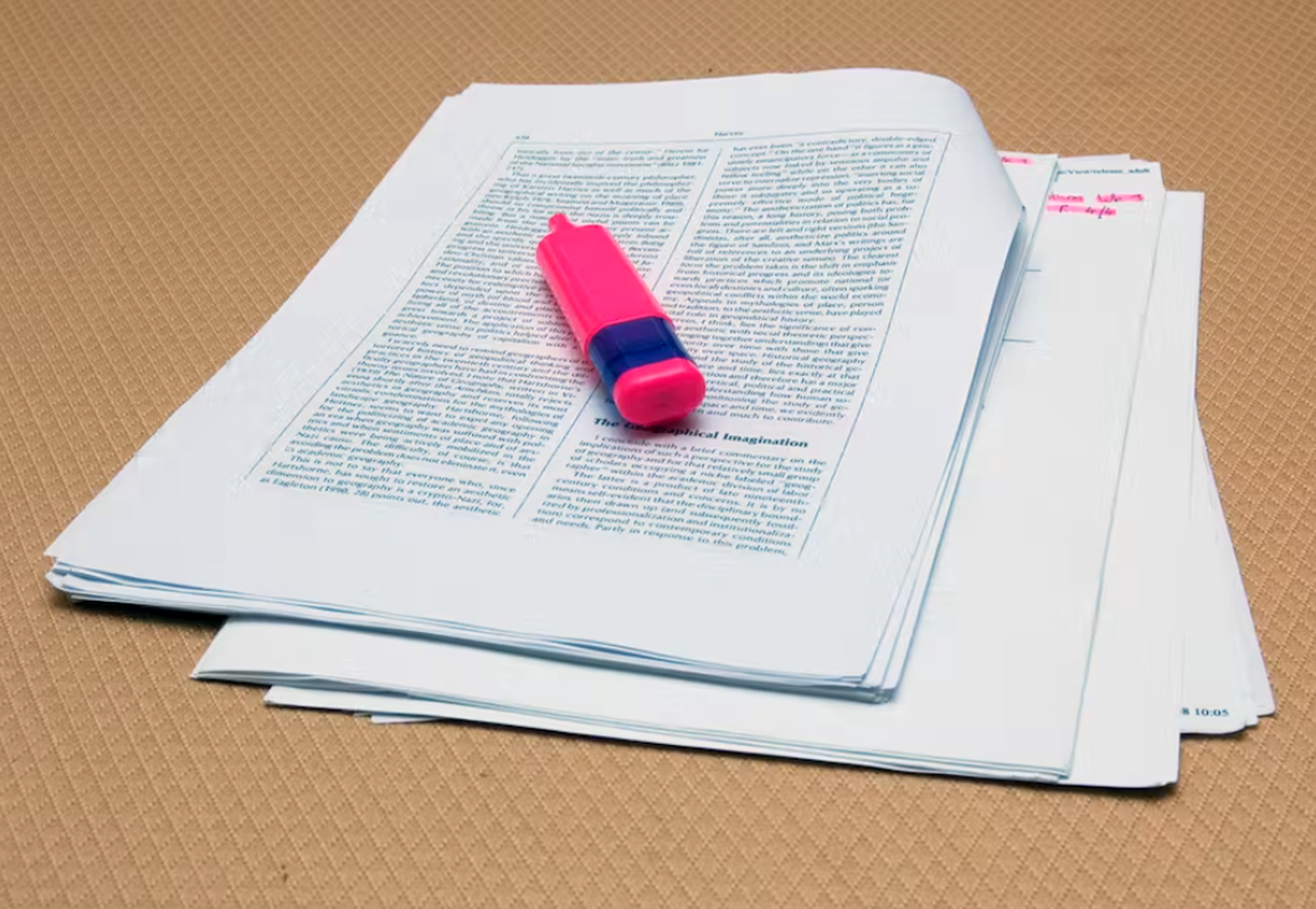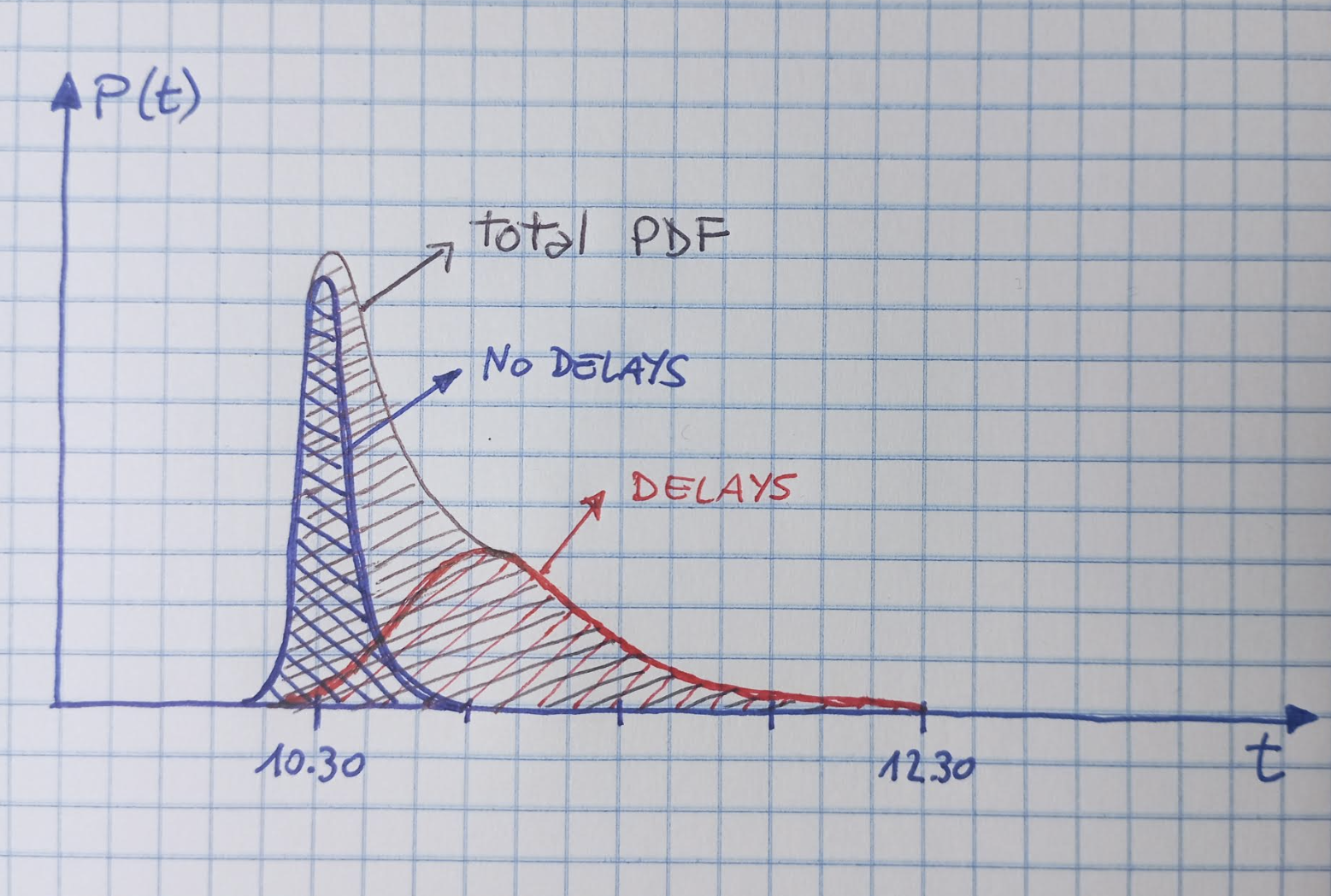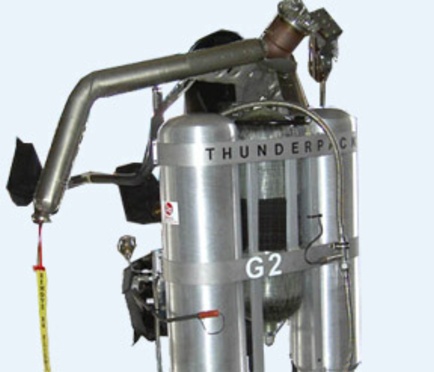 The Problem With Peer Review
The Problem With Peer ReviewIn a world where misinformation, voluntary or accidental, reigns supreme; in a world where lies...
 Interna
InternaIn the past few years my activities on this site - but I would say more in general, as the same...
 The Probability Density Function: A Known Unknown
The Probability Density Function: A Known UnknownPerhaps the most important thing to get right from the start, in most statistical problems, is...
 Summer Lectures In AI
Summer Lectures In AI Winter is not over yet, but I am already busy fixing the details of some conferences, schools,...






 Tomorrow is the last day on duty. For twenty-six years the Tevatron collider, the four-mile-long accelerator of the Fermi laboratory in Batavia (IL), has provided the CDF and DZERO experiments with proton-antiproton collisions at 1.8 and then 1.96 Tera-electron-Volts, allowing the investigation of fundamental physics at the highest available energy.
Tomorrow is the last day on duty. For twenty-six years the Tevatron collider, the four-mile-long accelerator of the Fermi laboratory in Batavia (IL), has provided the CDF and DZERO experiments with proton-antiproton collisions at 1.8 and then 1.96 Tera-electron-Volts, allowing the investigation of fundamental physics at the highest available energy.

